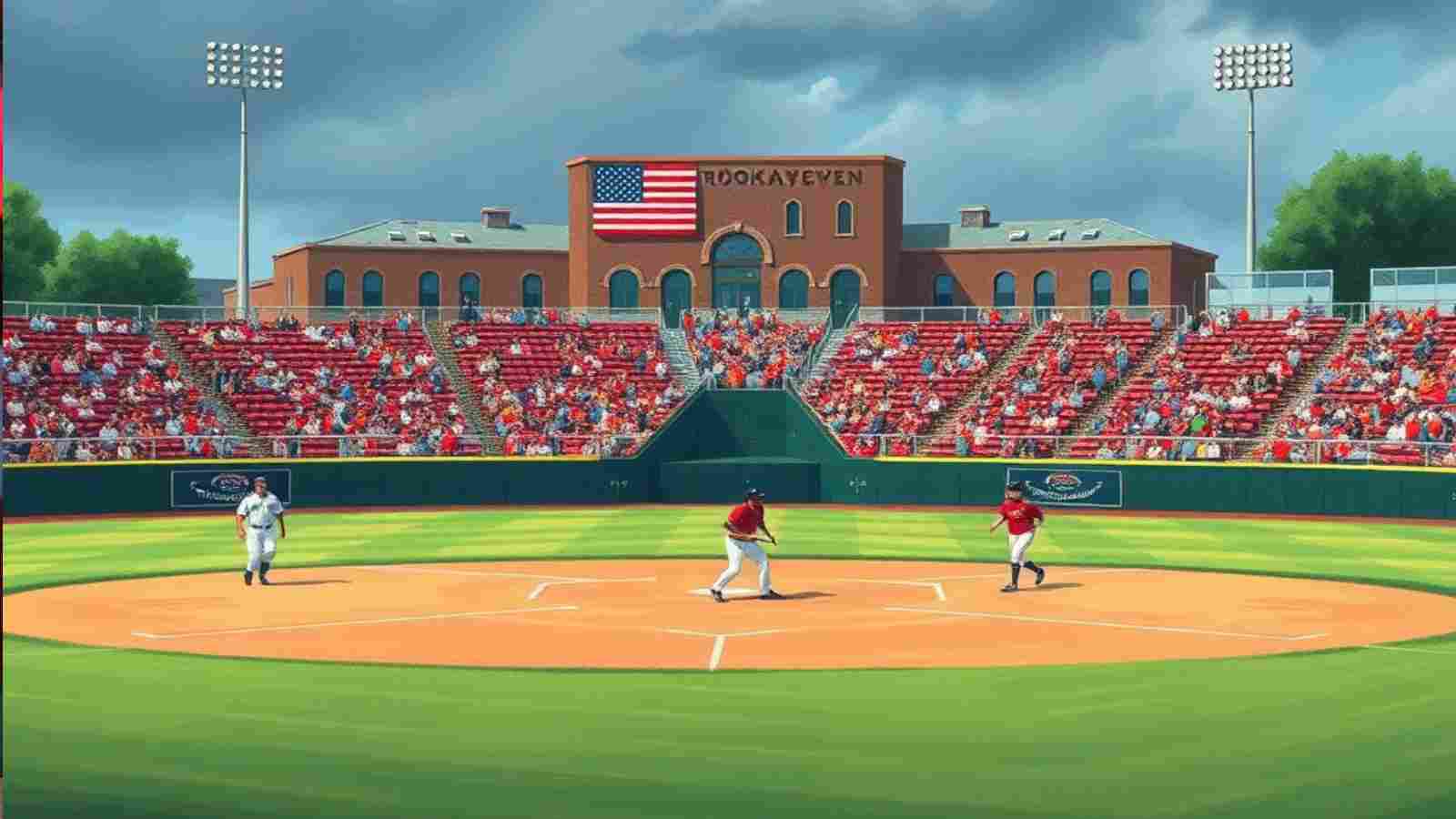When it comes to sports, specific structures are almost universally expected. For instance, soccer and basketball enthusiasts are familiar with halftime—a designated break midway through the game for players to rest and strategize. But what about baseball? Does America’s pastime feature a similar pause?
Let’s break it down.
The Structure of a Baseball Game
Baseball is unique in its structure and rhythm. Unlike sports divided into halves or quarters, baseball is played in nine innings. Each inning consists of two halves:

- The top half is where the away Team bats and the home Team fields.
- The bottom half is where the home Team bats and the away Team fields.
This alternating format continues until all nine innings are complete, and there is no formal “halftime” break within this structure.
Why No Halftime?
Equal Opportunity and Fair Play
The structure of innings ensures that each Team has an equal opportunity to score runs and play defense. This balance is crucial because both teams have multiple chances to impact the game, maintaining fairness and competitive integrity.
Continuous Play
In baseball, breaks are naturally built into the game’s flow, such as between innings or changing pitchers. These short pauses provide teams with brief moments to regroup without the need for a formal halftime. Additionally, the slower pace allows for more strategic thinking and adjustments throughout the game.
Stamina and Focus

The absence of a halftime challenges teams to maintain their stamina and focus throughout the game. Unlike other sports, where players can rest and re-strategize at a designated halfway point, baseball players and managers must be prepared to adapt on the fly.
Comparing Baseball’s Structure with Other Sports
Understanding the differences in game structures can provide a clearer perspective on why baseball operates as it does:
Basketball
- Structure: Four quarters with a halftime break between the second and third quarters.
- Impact: The game clock leads to a faster-paced game, with teams using halftime to rest and plan.
Soccer
- Structure: Two halves with a halftime break.
- Impact: The game’s flow is continuous, with the clock playing a significant role. Halftime allows for considerable rest and tactical adjustments.
American Football
- Structure: Four quarters with halftime.
- Impact: Frequent stops in the game clock extend the actual playing time. Halftime is crucial for rest and strategy refinement.
Tennis
- Structure: Matches are divided into sets and games within sets.
- Impact: No game clock; matches can vary significantly in length. Breaks occur between sets but not within the continuous play of a set.
Cricket
- Structure: Varies by format (Test, One Day, T20), with breaks for lunch or tea in longer formats.
- Impact: Formats like T20 and One Day have innings breaks, which function similarly to halftimes.
Common Misconceptions About Baseball Rules
Halftime in Baseball
- Misconception: Baseball has a halftime.
- Fact: There is no formal halftime in baseball. The game proceeds through nine innings, with brief breaks between each inning.
Ending in a Tie
- Misconception: Baseball games can end in a tie.
- Fact: While rare, baseball games can continue into extra innings until a winner is determined.
Home Runs
- Misconception: A home run must be hit over the fence.
- Fact: Any fair ball that leaves the field in flight counts as a home run, irrespective of distance.
Educational Elements to Understand Baseball’s Absence of Halftime
Innings as the Fundamental Unit

- Definition: An inning is the fundamental unit of play in baseball, determining the game’s structure and flow.
- Significance: Ensures each Team has equal opportunities to bat and field.
Impact on Flow and Strategy
- Explanation: The game does not pause for a significant break, maintaining continuous play and emphasizing real-time adjustments.
Extra Innings
- Concept: If the game is tied at the ninth inning’s end, it proceeds into extra innings without halftime.
- Flexibility: Highlights the unique flexibility and unpredictability of baseball games.
Conclusion
Baseball’s lack of a formal halftime sets it apart from other sports. With built-in brief pauses, the nine-inning structure keeps the game flowing and demands continuous focus and adaptation. For newcomers to baseball, understanding these nuances adds depth to the appreciation of this strategic and storied sport.










